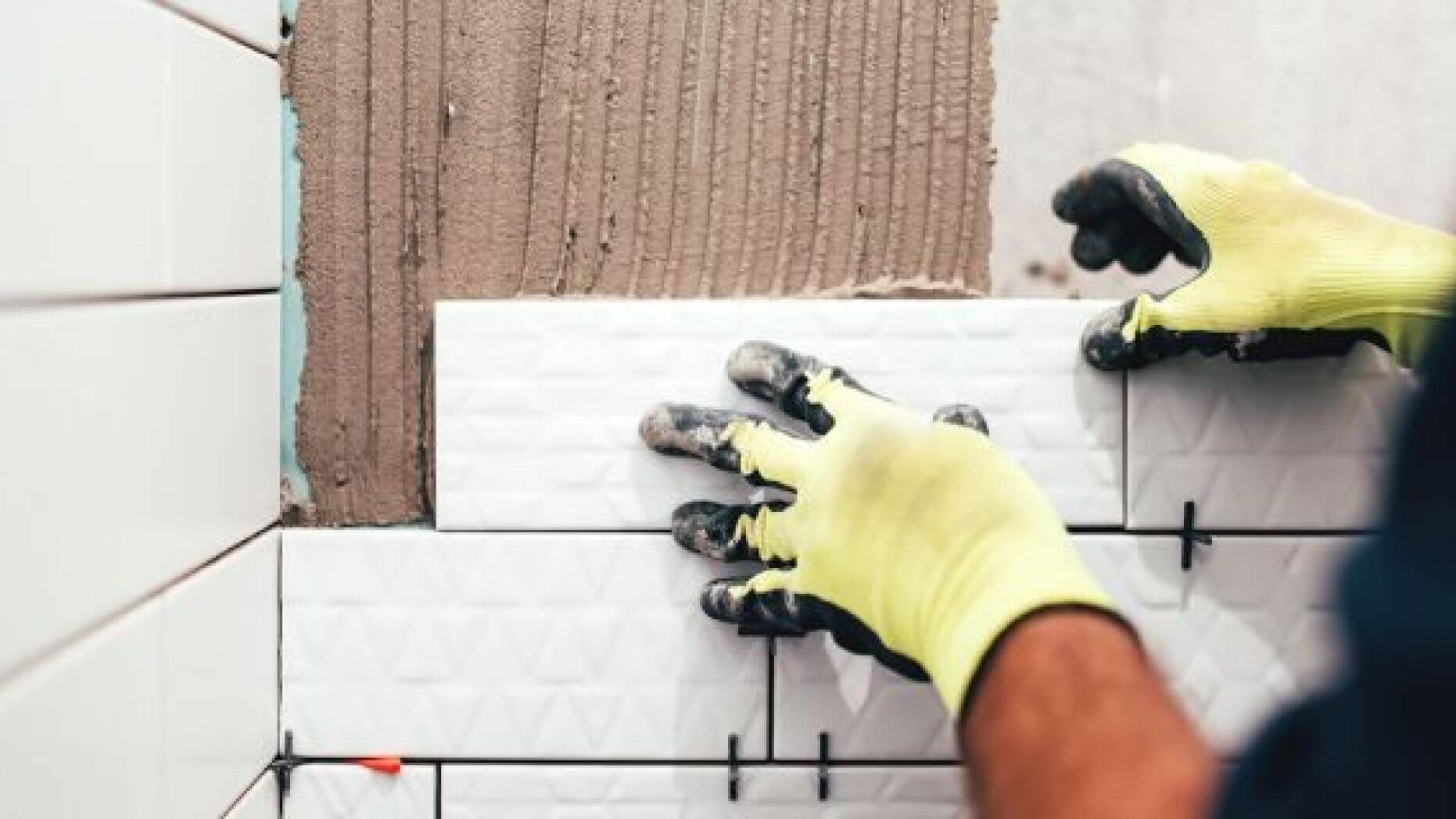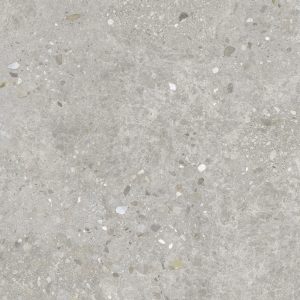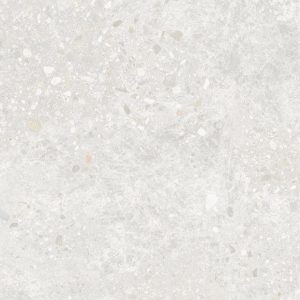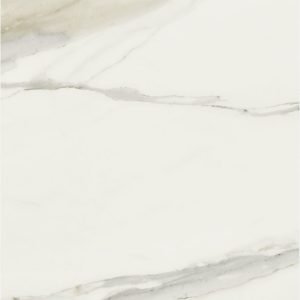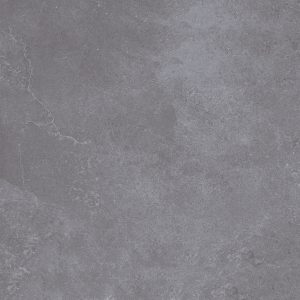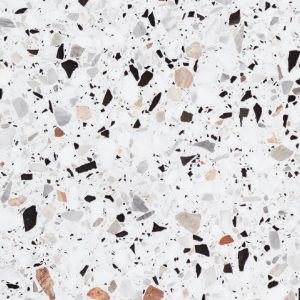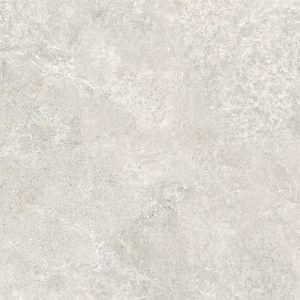Simply put – glazed ceramics have a smooth, glossy surface that is created by adding a liquid glass to the clay body. Unglazed ceramics (as the name suggests) aren’t glazed and instead are often solid or speckled subdued colours with no shine.
Both unglazed ceramics and glazed ceramics hold many practical and aesthetic benefits. Whereas some people enjoy the shiny cleanness glazed ceramics offer, others enjoy the raw earthiness unglazed ceramics present. Depending on your personal preferences and requirements will determine which option will be best to choose.
Read further to discover whether you should choose unglazed or glazed ceramics.
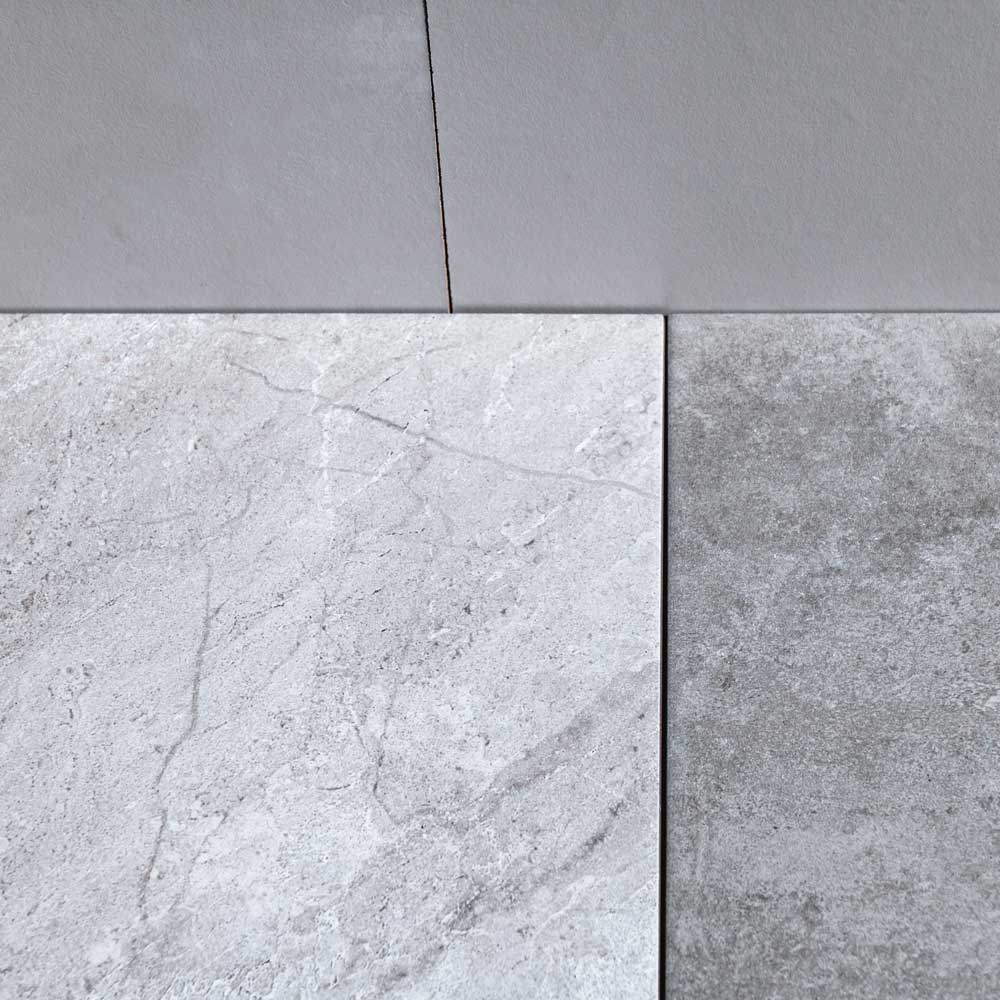
Glazed Ceramics
A ceramic glaze is a thin layer of material that is applied to the surface of a porcelain and ceramic object in order to give it a protective layer.
Glazes can be made from a variety of materials, including ash, feldspathic, lead, salt or tin, and are typically applied using a brush, sprayer or are dipped carefully into the glaze depending on the ceramic itself. They can come in many finishes not only the gloss that we all know but semi gloss, matt and satin.
Glazing involves firing a piece of ceramic first, this initial firing is called the glost firing, then the overglaze decoration is applied, and then lastly it’s fired again to set the glaze.
Glazed ceramics are a more common choice of ceramic tile that can be used for a wide range of flooring and functional purposes. Glazed ceramics are also great options for outdoor areas, wet areas and commercial use due to their non porous and slip resistant surfaces that can be applied into the glaze.
Unglazed Ceramics
Unglazed ceramics are simply ceramic materials that have not been given a coating or “glaze.”
Without the glaze, this leaves the surface of the piece of ceramic the same colour as the body. Most unglazed products on the market are top grade porcelain and fired until vitrified (glass like state) making their surface almost as non porous as a glazed tile.
Unglazed ceramics are often used for commercial purposes as they can hide blemishes and chips better than glazed ceramics. Commercial tiles often face high traffic, resulting in more wear and tear of the ceramic tiles. With unglazed tiles, the body is the same as the face so it’s less noticeable if the tile faces damage or wears. Due to the discreteness of marks and blemishes on unglazed tiles, this means there’s less urgency for maintenance thus, reducing maintenance costs.
With functional pieces like bathroom sinks or vanity sets, these are commonly sold as glazed; however, there are unglazed ceramic tiles available for such purposes. Unglazed ceramic tiles for vanity sets require vitrified qualities or a similar mixture/make up that would allow the tiles to perform the same or better than glazed ceramic tiles for a sink.

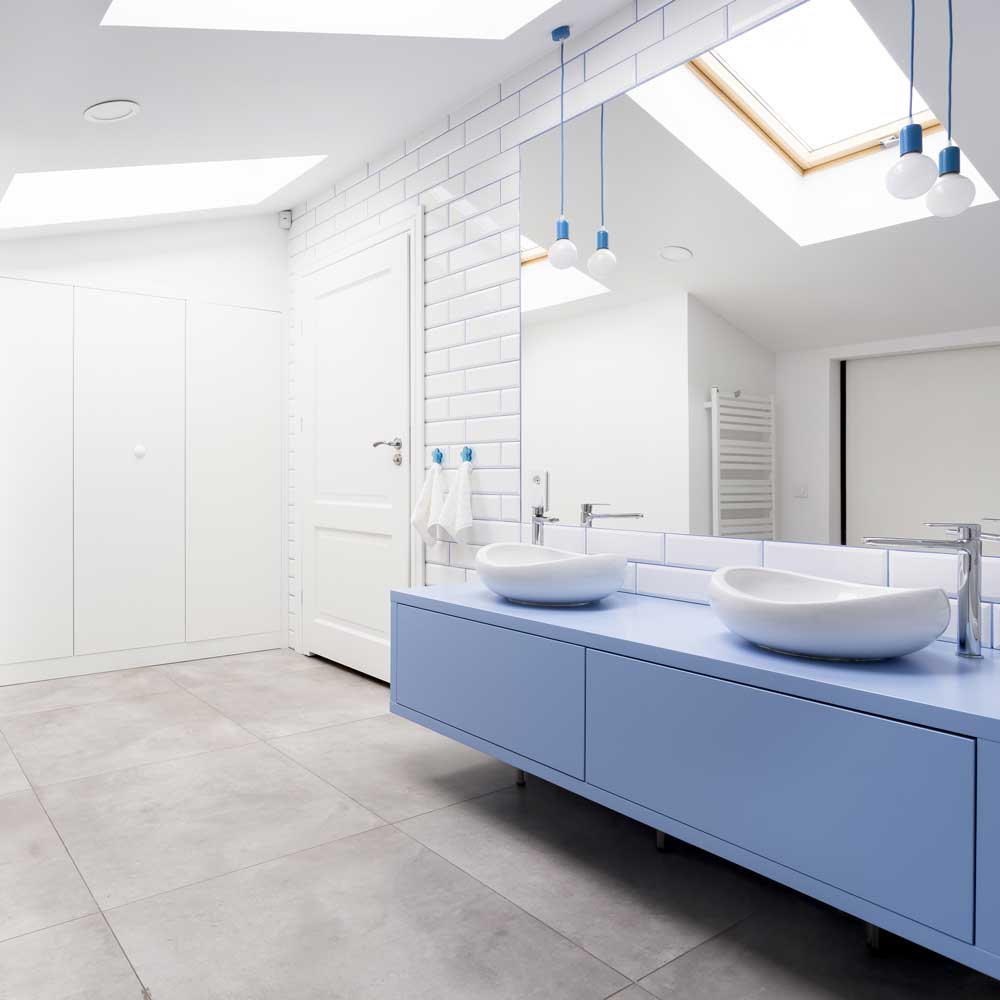
Bathrooms
If you’re tossing up between glazed or unglazed ceramic tiles for your bathroom, it’s important to consider the practicality of each option.
Glazed ceramic tiles are the most popular choice amongst customers. Great to use on the walls and floors because they’re tough, easy to clean and have a great range of images.
These days manufacturers have the ability to print images onto the glazed ceramic tiles, offering a great variety of patterns and bright colours. Inkjet is an impressive piece of technology which gives us the ability to digitally print high-resolution patterns and designs. Many choose to use Inkjet to mimic many different kinds of textures such as marble, granite and limestone. The result is impressive, almost impossible to distinguish from the real-life material.
It’s important to note that the Australian NDIS requires a non-slip standard to all of their bathroom floors to ensure the safety of the carer and client. Non glazed ceramics are often used because of the bigger range of non-slip options.
Although non-glazed ceramic tiles have long relied on their non-slip qualities, glazed tiles are now taking over the non-slip category. Previously non-slip was made by adding sand to the glaze and the result was not a nice finish, imagine sandpaper. Now, with multi layered glazing techniques and new glaze chemistry, the glazed tile can be certified for many of the non-slip requirements.
However, not all glazed ceramics meet the standards. The higher slip ratings are still only available in un-glazed due to the relief patterns on the tiles to create the higher anti slip ceramic tiles (i.e. diamond and rock finish).
For bathrooms (whether it be for commercial or residential purposes) it’s always a good idea to double check the slip resistant rating required for the space. From here, you can then select the best tile to match your requirements. If unsure, speak with our team for assistance.
Kitchens
Similarly to bathrooms, when choosing your kitchen tiles it’s important to consider the slip ratings required for the space. Depending on whether it’s for a commercial setting or for your home kitchen, will change the slip rating requirements.
For commercial kitchen floors, one of the most common and best choices are unglazed vitrified porcelain tiles that have high slip ratings. These tiles often come in ‘matching coving’ which means that the Australian standards are met across the board. These tiles are often specialised to have a relief pattern to allow for users to be raised slightly above the grease or water that may be on the floor causing the slip hazard.
For home kitchen ceramic tiles, unglazed vitrified tiles is an extreme option and unnecessary in most cases. For residential purposes, glazed tiles are most likely to be used. The glazed tiles on the market are more cost effective and have a wider range available – which is very appealing for home owners.
Most residential projects prioritise image clarity, variation and colour brightness. Aesthetics are put at the forefront for most home projects, making the glazed ceramic tiles a very attractive choice. In fact, many instantly shy away from the commercial grade unglazed vitrified ceramics due to their less refined appearance.
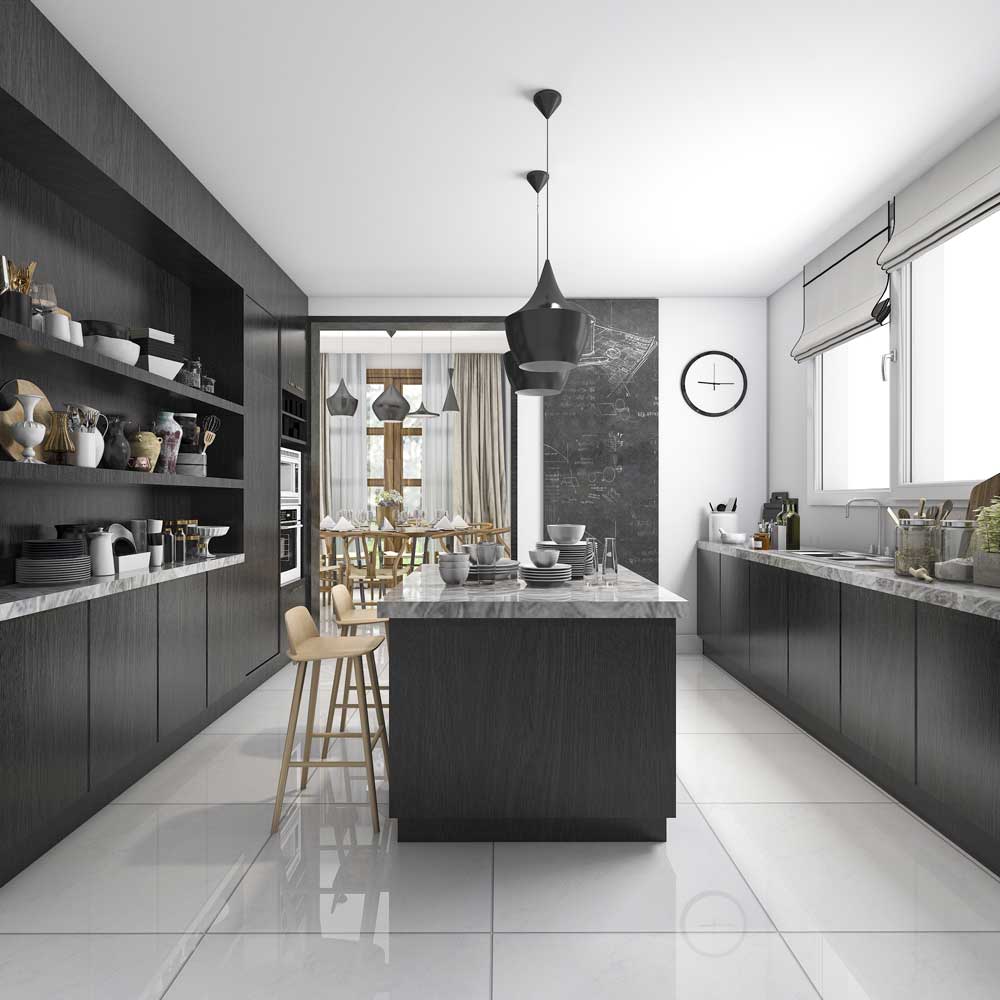
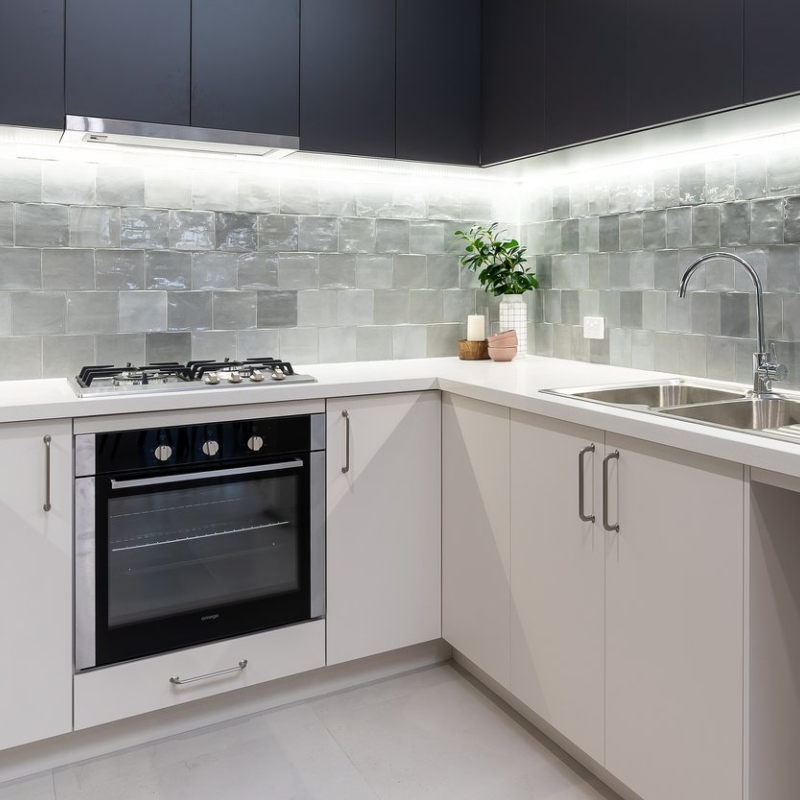
CT Supplies Unglazed Ceramic Tiles
If you’re on the hunt for high quality unglazed ceramic tiles, look no further than our TopCer and Marazzi (Tracks and Graniti) non-slip options.
The Topcer range comes in many colours and is liked by the commercial builders, designers and architects for its soft solid colours that can be mixed into a pattern or paired with the matching corner edge coving. You’ll often spot the Topcer range in commercial kitchens, cafes, restaurants, schools and sports facilities. Where durability meets aesthetics, Topcer is an excellent choice.
The Murazzi range has a larger format option in the high slip ratings that is often used on commercial balconies and entry areas.
In conclusion – which wins?
The question of glazed VS. unglazed was more of an issue about 30 years ago when glazing techniques were still being refined. Back then there were different levels of glazing and many would be only suitable for residential low traffic areas and only a limited range was suitable for commercial purposes.
Glazed porcelain tiles are now made strong and tough enough to withstand even high traffic commercial applications. Therefore high quality glazed porcelains are not only the more common product on the market now but are the best option for most uses.
Often, it can come down to budgets and aesthetics when choosing between unglazed and glazed ceramic tiles. The best approach is defining your budget first and then seeing what your options are. If you’re installing ceramic tiles in a sensitive area such as a commercial kitchen or NDIS bathroom – ensure the non-slip requirements are met.
When in doubt, chat with our CT Supplies team!
Choosing the ceramic tiles for your home or business is a big decision. It’s often the first component of the interior people see when walking into a space. It makes sense that you take the time in deciding which ceramic tiles to install and ask any questions that pop up along the way.
We recommend popping into one of our showrooms (Myaree or Wangara) and seeing the tiles in person. We have a wide range of glazed and unglazed ceramics to choose from that are always best seen in real life rather than over a screen.
Check out our opening times, and we look forward to having you down here soon!

